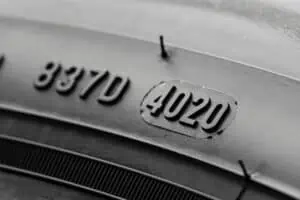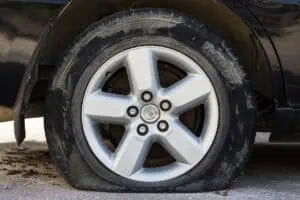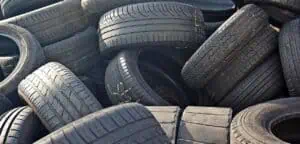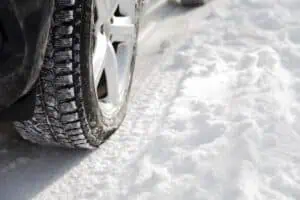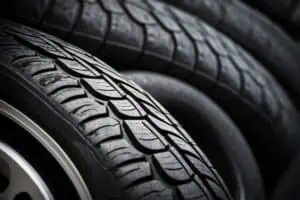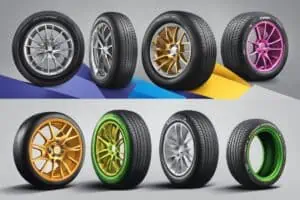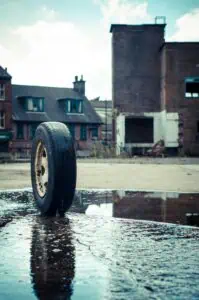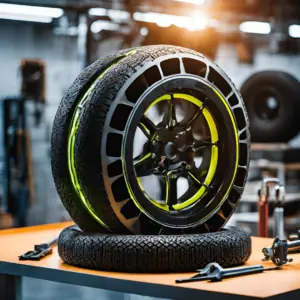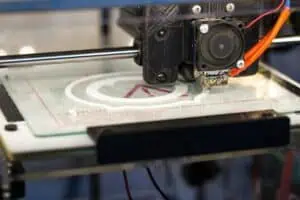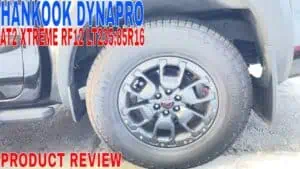Uneven tire wear is a common issue encountered by vehicle owners and can lead to a host of driving problems, from compromised traction to increased risk of tire failure. Several factors contribute to uneven tire wear, including improper wheel alignment, incorrect tire inflation, and worn suspension components. Recognizing the patterns of wear can help diagnose the underlying problems causing the unevenness, which is essential for both vehicle safety and tire longevity.
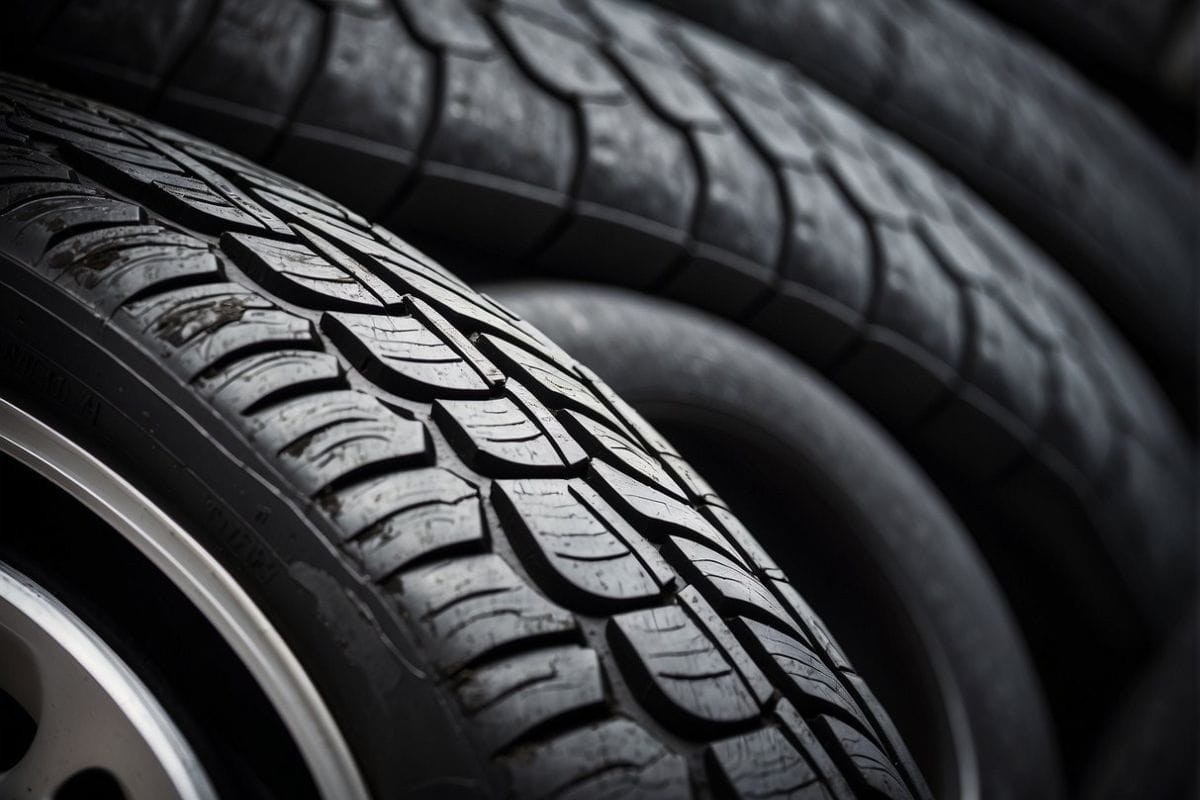
Skip ahead:
Understanding the specific causes of uneven tire wear is crucial for addressing the issue effectively. Poor wheel alignment often leads to uneven wear along the inner or outer edges of the tire, while incorrect tire inflation can cause wear on both edges or in the center tread of the tire. Suspension issues might present as cupping or scalloping patterns across the tire. Regular tire maintenance, including rotation, balancing, and timely replacement, can prevent these issues from escalating.
Tire manufacturers and automotive experts emphasize the importance of routine checks and maintenance to extend tire life and ensure vehicle safety. Addressing the source of the wear, such as correcting the wheel alignment, adjusting tire pressure, or repairing suspension components, is integral to mitigating uneven tire wear and maintaining optimal performance on the road.
Fundamental Factors of Uneven Tire Wear
Uneven tire wear significantly impacts tire performance and vehicle safety. The primary culprits often stem from improper tire inflation and misalignment, resulting in various wear patterns and the need for premature tire replacement.
Improper Tire Inflation
Underinflated tires tend to wear excessively on the edges, while overinflated tires show wear concentrated in the middle of the tread. Consistent tire pressure checks are vital since incorrect air pressure is a leading cause of uneven tire wear. For accurate pressure levels, one can refer to the vehicle manufacturer’s specifications.
Misalignment
Misalignment occurs when the wheels are not positioned according to the vehicle manufacturer’s specifications, causing uneven and rapid tread wear. Incorrect wheel alignment typically results in edge wear and can be diagnosed with specific patterns, such as toe wear and camber wear. Regular alignment checks are crucial for maintaining even tire wear.
Driving Habits and Conditions

Driving habits and conditions play a significant role in the wear patterns of tires. Aggressive driving techniques and the quality of the roads traversed have direct impacts on the longevity and evenness of tire tread wear.
Hard Braking
Hard braking frequently causes tires to experience excessive force, which can lead to premature tire wear, particularly on the front tires. This is due to the transfer of the vehicle’s weight to the front axle during abrupt stops, placing added stress on the front tires.
Frequent Cornering
Engaging in frequent sharp cornering can result in uneven sidewall wear. As vehicles navigate corners, the outer edges of the tires bear more weight, leading to distinct wear patterns on the outer sides of the tires.
Road Surface Variations
Tires are susceptible to different road surface variations, such as potholes or uneven terrain. Consistently driving on these surfaces can lead to irregular wear patterns. For example, continuous exposure to potholes may damage the internal tire structure and create uneven wear.
Mechanical Issues
Mechanical issues in a vehicle can significantly contribute to uneven tire wear. These issues are often related to components within the suspension and braking systems, which are essential for maintaining even contact with the road. Identifying these problems early can prevent excessive wear and extend tire life.
Worn Suspension Components
When suspension components such as shocks, struts, or bushings are worn, they can cause the tires to lose consistent contact with the road surface. This can lead to localized wear patches on the tires, as described in a detailed explanation on Mechanic Base. Regular inspection and timely replacement of these components are key to preventing uneven wear due to suspension issues.
Faulty Brakes
Uneven tire wear can also result from faulty brakes. For instance, if brake calipers stick, they can cause the pads to contact the rotor unequally, leading to one side of the tire wearing down more rapidly than the other. This problem is not only a tire wear concern but also a safety issue, necessitating immediate attention and repair.
Tire Maintenance Practices

Proper tire maintenance is essential for ensuring longevity and safety. The following practices focus on rotation and balancing, which are crucial for even tread wear.
Lack of Regular Tire Rotation
Tire rotation involves moving tires from one position on a vehicle to another. This practice is fundamental as each tire on a vehicle carries a different weight, leading to unequal wear over time. It’s recommended to rotate tires every 5,000 to 7,500 miles to prevent uneven tire wear.
Inadequate Balancing
Tires should be balanced when they are mounted on wheels for the first time or when they are remounted after a repair. Unbalanced tires can cause vibration, which can lead to premature tire wear and strain on the vehicle’s suspension. Balancing should be checked periodically, especially if irregular wear is noticed.
